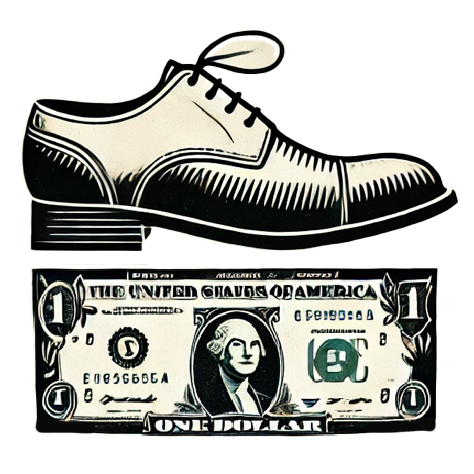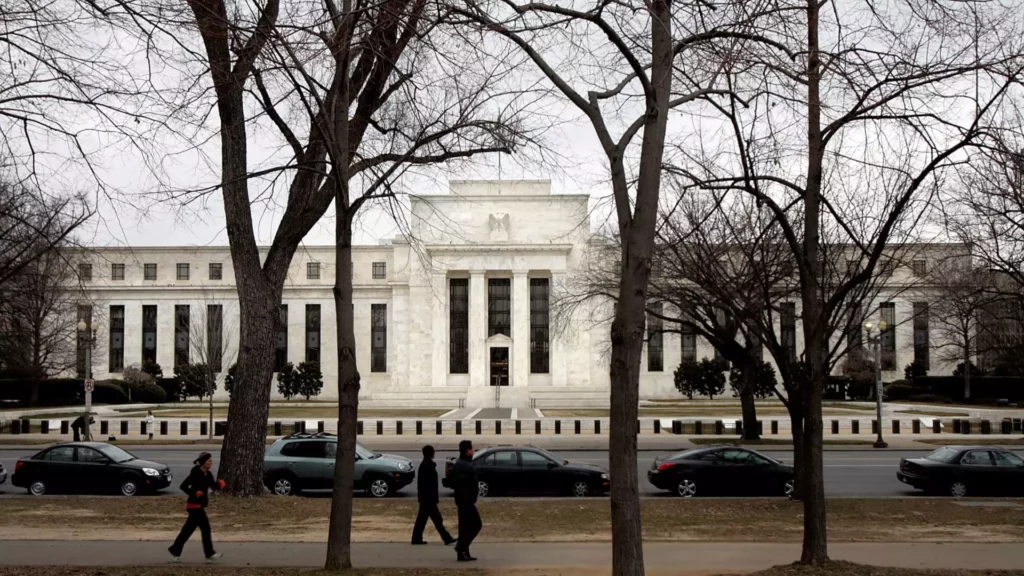The Federal Reserve’s recent announcement to maintain its interest rates has stirred mixed reactions across economic narratives. As the inflation rate continues to hover significantly above the Fed’s target of 2%, it’s evident that the central bank’s approach is not aligned with the economic struggles that everyday Americans are facing. This decision comes on the heels of President Trump’s controversial comments regarding interest rates, igniting concerns over the potential compromise of the Fed’s independence. The situation suggests a governance that may prioritize political convenience over sound economic policy, a dangerous slope that could have long-term negative implications for the economy.
Since the pandemic, inflation has escalated to levels unseen since the early 1980s, leaving many households grappling with the economic reality of higher prices on essential goods and services. The Fed previously responded with a series of aggressive interest rate hikes, bringing their benchmark rate to its highest point in over two decades. This aggressive approach seems short-sighted, especially given the current climate where inflation, while somewhat tempered, remains a pressing concern. The actions of the central bank, while well-intentioned, have failed to address the crippling pressures that high costs create for consumers struggling to make ends meet.
High borrowing costs have become a significant albatross around the necks of American consumers. The average credit card APR has soared to over 20%, a staggering increase from around 16.34% in March 2022. The anticipated minor cuts in the Fed’s rate seem unlikely to provide meaningful relief for those burdened by extensive debts. Financial experts have echoed a sentiment of disillusionment, suggesting that the expected cuts won’t be adequate to lift the crushing weight of high interest rates. If consumers are waiting for the Federal Reserve to act as their savior, they will likely be met with bitter disappointment.
The housing market exemplifies the domino effect of the Fed’s rate-setting decisions. Although 15- and 30-year mortgage rates are fixed, individuals looking to purchase homes today are facing a vastly different landscape due to soaring prices and restrictive borrowing constraints. The current average rate for a 30-year fixed mortgage exceeds 7%, quashing hopes for many aspiring homeowners. This strain, compounded by the Fed’s move of signaling gradual rate cuts, creates a scenario where realistic homeownership feels increasingly unattainable. The government’s heart may be in the right place, but consumers are caught in a mess of economic hurdles that seem orchestrated by an unaware power.
For those in the market for a vehicle, the financial landscape triggers yet another set of challenges. Car prices have escalated, and borrowing is becoming increasingly unaffordable as interest rates on auto loans rise. As of early 2025, the average rate on a five-year new car loan is reported at 5.3%, further squeezing the wallets of American families. The prevailing opinion is that these high costs will persist, continuing to challenge the consumer’s ability to make large purchases. In an economy where consumer confidence is critical, such imbalances could stifle potential growth.
The treatment of federal student loans within this complex web of interest rates and economic policies raises questions about equity and opportunity. With fixed federal student loan rates reflecting an uptick, new students enrolled for the 2024-25 academic year will see rates rise to 6.53%. As interest rates trend upward, the burden of debt becomes heavier for those already fighting a tough financial battle. The combination of increased educational costs against an inept system that shows little regard for their plight stands as a reminder of the inequalities that perpetuate in this country.
The current trajectory of interest rates under the control of the Federal Reserve exemplifies an urgent disconnect between policy and the lived experiences of average Americans. The efforts to curb inflation have had the unintended consequence of intensifying the burden of debt, crippling consumers while failing to facilitate an environment conducive to economic recovery. The belief that slight adjustments to interest rates can equate to significant improvements in the lives of consumers seems more illusion than reality. Amidst these uncertainties and challenges, a collective outcry for systemic reform resonates louder than any economic statistic can illustrate.

